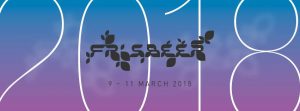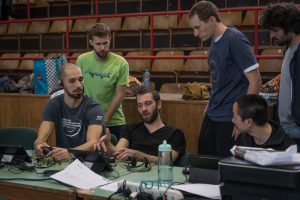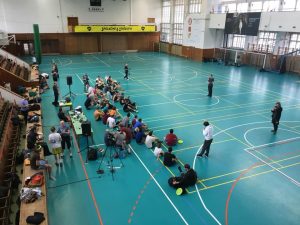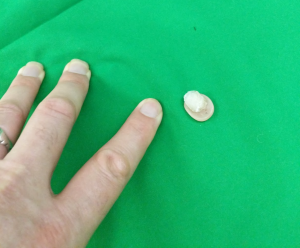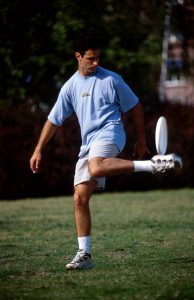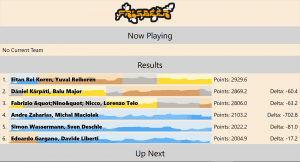 Challenger
Challenger
Eitan Rei Koren, Yuval Reikoren, Rank: 1, Points: 2929.6
Dániel Kárpáti, Balu Major, Rank: 2, Points: 2869.2
Fabrizio "Nino" Nicco, Lorenzo Telo, Rank: 3, Points: 2806.0
Andre Zaharias, Michal Maciolek, Rank: 4, Points: 2103.2
Simon Wassermann, Sven Deschle, Rank: 5, Points: 2022.2
Edoardo Gargano, Davide Liberti, Rank: 6, Points: 2004.9
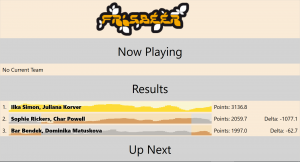 Women
Women
Ilka Simon, Juliana Korver, Rank: 1, Points: 3136.8
Sophie Rickers, Char Powell, Rank: 2, Points: 2059.7
Bar Bendek, Dominika Matuskova, Rank: 3, Points: 1997.0
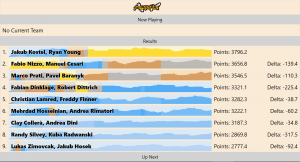 Open
Open
Jakub Kostel, Ryan Young, Rank: 1, Points: 3796.2
Fabio Nizzo, Manuel Cesari, Rank: 2, Points: 3656.8
Marco Prati, Pavel Baranyk, Rank: 3, Points: 3546.5
Fabian Dinklage, Robert Dittrich, Rank: 4, Points: 3321.1
Christian Lamred, Freddy Finner, Rank: 5, Points: 3282.3
Mehrdad Hosseinian, Andrea Rimatori, Rank: 6, Points: 3222.1
Clay Collerà, Andrea Dini, Rank: 7, Points: 3187.3
Randy Silvey, Kuba Radwanski, Rank: 8, Points: 2869.8
Lukas Zimovcak, Jakub Hosek, Rank: 9, Points: 2777.4
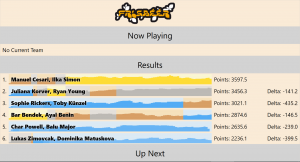 Mixed
Mixed
Manuel Cesari, Ilka Simon, Rank: 1, Points: 3597.5
Juliana Korver, Ryan Young, Rank: 2, Points: 3456.3
Sophie Rickers, Toby Künzel, Rank: 3, Points: 3021.1
Bar Bendek, Ayal Benin, Rank: 4, Points: 2874.6
Char Powell, Balu Major, Rank: 5, Points: 2635.6
Lukas Zimovcak, Dominika Matuskova, Rank: 6, Points: 2236.1
 Coop
Coop
Clay Collerà, Marco Prati, Andrea Sarti, Rank: 1, Points: 5155.6
Jakub Kostel, Freddy Finner, Paul Kenny, Rank: 2, Points: 5044.0
Mehrdad Hosseinian, Christian Lamred, Balu Major, Rank: 3, Points: 4799.1
Fabio Nizzo, Tom Leitner, Andrea Rimatori, Rank: 4, Points: 4778.9
Randy Silvey, Ayal Benin, Daniel O’Neill, Rank: 5, Points: 4727.0
Pavel Baranyk, Ryan Young, Robert Dittrich, Rank: 6, Points: 4563.7
Manuel Cesari, Andrea Piemontese, Mattia Lambertini, Rank: 7, Points: 4505.7
Emanuele Faustini, Stefan Dünkel, Fabian Dinklage, Rank: 8, Points: 3931.5
Andreas Jaderyd, Jens Friebe, Toby Künzel, Rank: 9, Points: 3694.4




